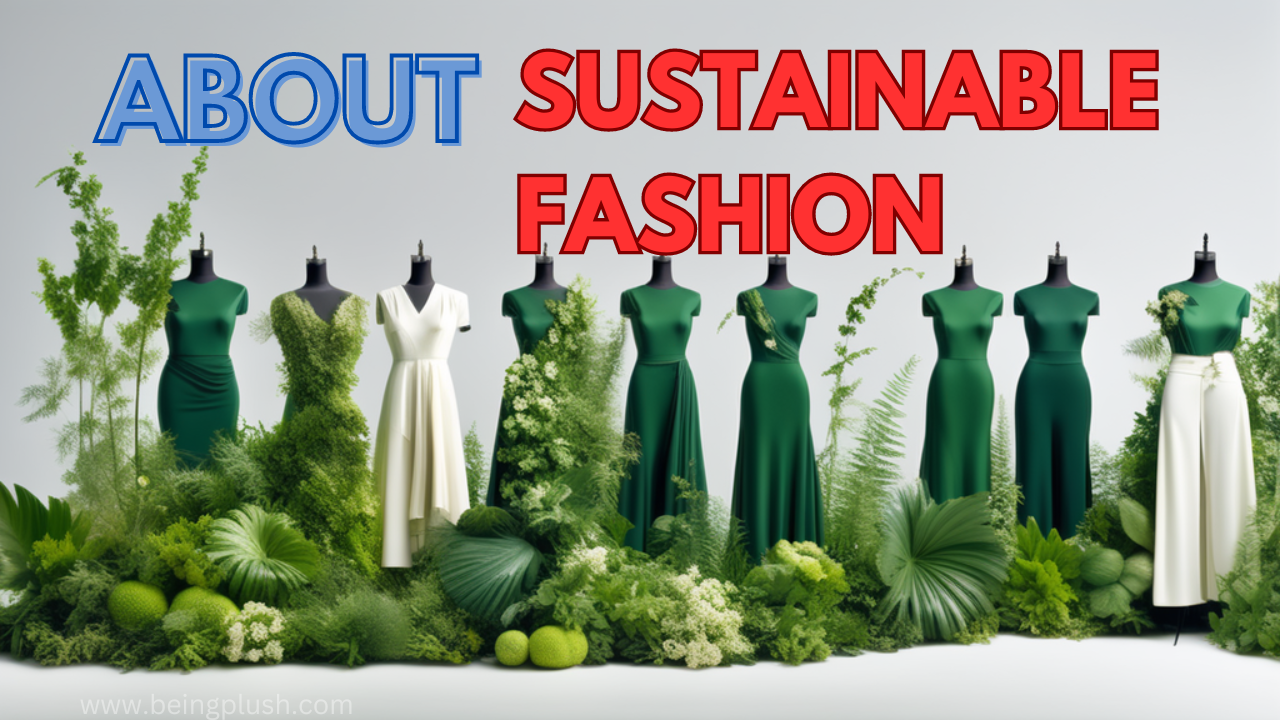The phrase “fast fashion” has been widely used and contentious in the dynamic and always changing world of fashion. Fast fashion, distinguished by its swift manufacturing cycles and cost-effectiveness, has fundamentally transformed both the market and consumer behaviour. This thorough article will cover the definition of fast fashion, its salient features, its social and environmental ramifications, and how buyers can successfully negotiate this challenging market. wat is fast fashion
Defining Fast Fashion
1. What is Fast Fashion? wat is fast fashion
The swift manufacture of stylish, affordable apparel that follows the newest trends in fashion is the hallmark of the fast fashion business model. Efficiency, low manufacturing costs, and short turnaround times are prioritised in this approach, which enables brands to quickly introduce runway-inspired trends to mainstream markets at competitive pricing.
2. Key Characteristics of Fast Fashion
- Rapid Production Cycles: Fast fashion brands operate on extremely short production cycles, sometimes as brief as a few weeks from design conception to store shelves.
- Low-Cost Production: To maintain low prices, fast fashion relies on cost-effective manufacturing processes, often outsourcing production to countries with lower labour costs.
- High Turnover of Styles: Trends come and go quickly in fast fashion, encouraging consumers to frequently update their wardrobes to stay in vogue.
- Global Supply Chains: Fast fashion brands often have extensive global supply chains, sourcing materials and manufacturing garments from different regions around the world.
Environmental Consequences of Fast Fashion

1. Textile Waste
- Disposable Culture: The rapid turnover of styles in fast fashion encourages a disposable culture, leading to a staggering amount of textile waste. Clothes are often discarded after only a few wears, contributing to landfills.
- Synthetic Fibres: Many fast fashion garments are made from synthetic fibres like polyester, which do not biodegrade easily and contribute to environmental pollution.
2. Resource Depletion
- Water and Energy Consumption: The constant demand for new styles results in high water and energy consumption during the production process, contributing to resource depletion and environmental degradation.
- Chemical Usage: The use of chemicals in dyeing and finishing processes can pollute water sources and harm ecosystems.
Social Implications of Fast Fashion
1. Exploitative Labour Practices
- Low Wages: To keep production costs down, fast fashion brands may engage in exploitative labour practices, paying low wages to workers in manufacturing countries.
- Unsafe Working Conditions: Workers in fast fashion supply chains may face unsafe working conditions, with inadequate safety measures and long working hours.
2. Lack of Workers’ Rights
- Limited Rights: In some cases, workers may lack fundamental labour rights, such as the right to organise or demand fair wages and working conditions.
Navigating the Fast Fashion Landscape

1. Consumer Awareness
- Educate yourself: Being informed about the environmental and social impact of fast fashion is the first step. Resources like Fashion Revolution provide transparency in the fashion supply chain.
2. Mindful Consumption
- Quality Over Quantity: Instead of succumbing to the allure of cheap, trendy items, consider investing in high-quality, timeless pieces that have a longer lifespan.
3. Supporting Sustainable Alternatives
- Choose Sustainable Brands: Support brands that prioritise ethical and sustainable practices. Look for certifications like Fair Trade or GOTS (Global Organic Textile Standard).
4. Secondhand and Vintage Shopping
- Circular Fashion: Embrace secondhand and vintage shopping to contribute to a circular fashion economy, reducing the demand for new production.
Resources and Further Reading

1. The True Cost Documentary
- Documentary: The True Cost is a powerful documentary that delves into the environmental and social impact of fast fashion, offering insights into the consequences of our clothing consumption habits.
2. Fashion Revolution
- Website: Fashion Revolution is a global movement advocating for a more transparent and ethical fashion industry. It provides resources, guides, and campaigns to promote change.
Summary
In summary, comprehending the nature of fast fashion extends beyond identifying it as a sector influenced by trends. It entails being aware of its effects on the environment and society and making wise buying decisions. We can all do our part to make the fashion business a more moral and sustainable one by being informed, adopting conscious consumption practices, and advocating for sustainable alternatives. Although fast fashion may rule the day right now, we can create a more responsible and thoughtful fashion culture with the decisions we make. As we traverse the world of fashion, let’s keep in mind the true cost of the clothes we buy and work towards a future where fashion is more egalitarian and sustainable. wat is fast fashion wat is fast fashion wat is fast fashion wat is fast fashion wat is fast fashion wat is fast fashion


